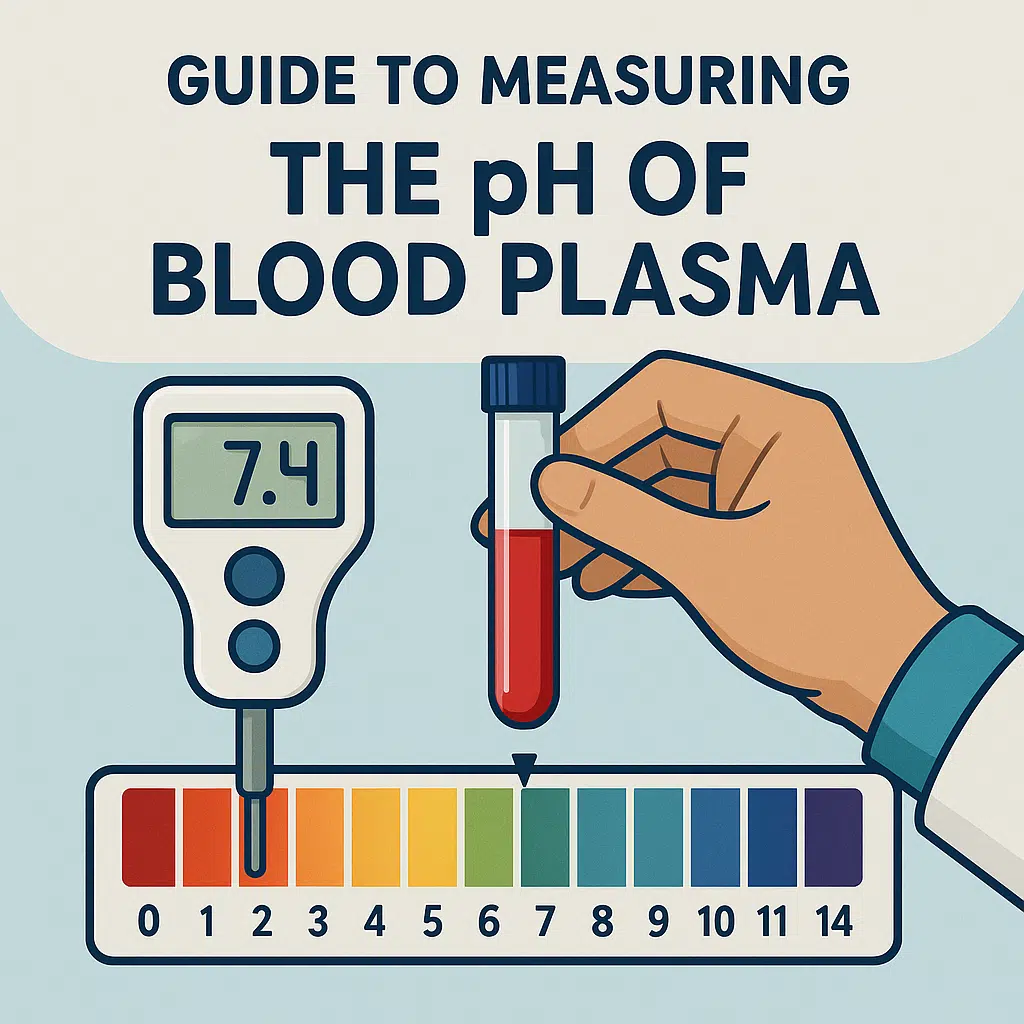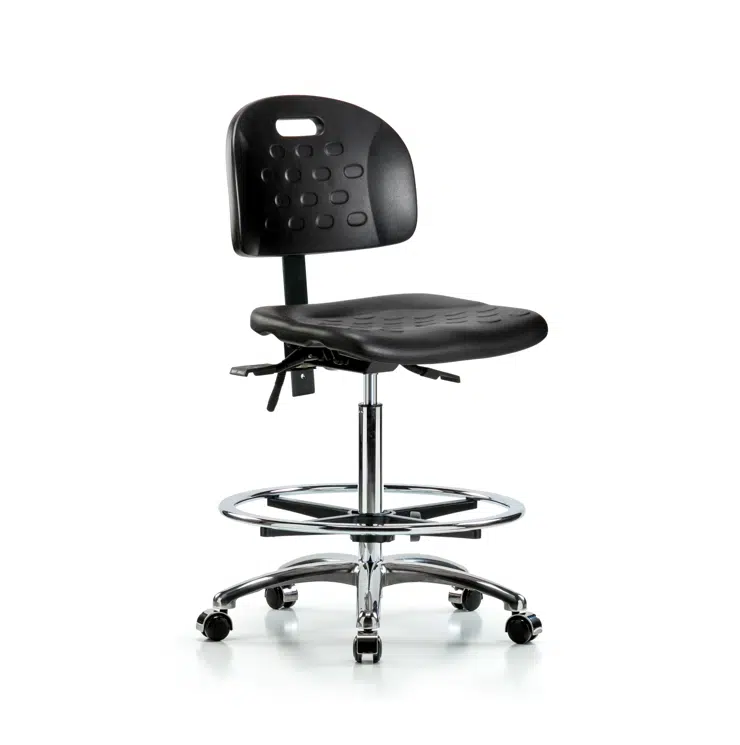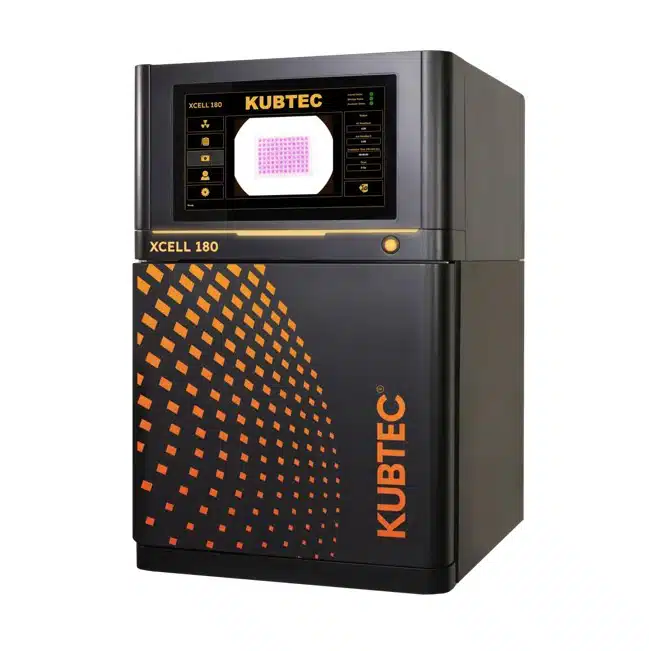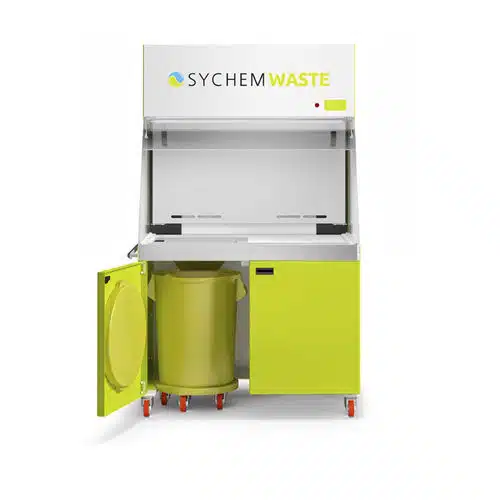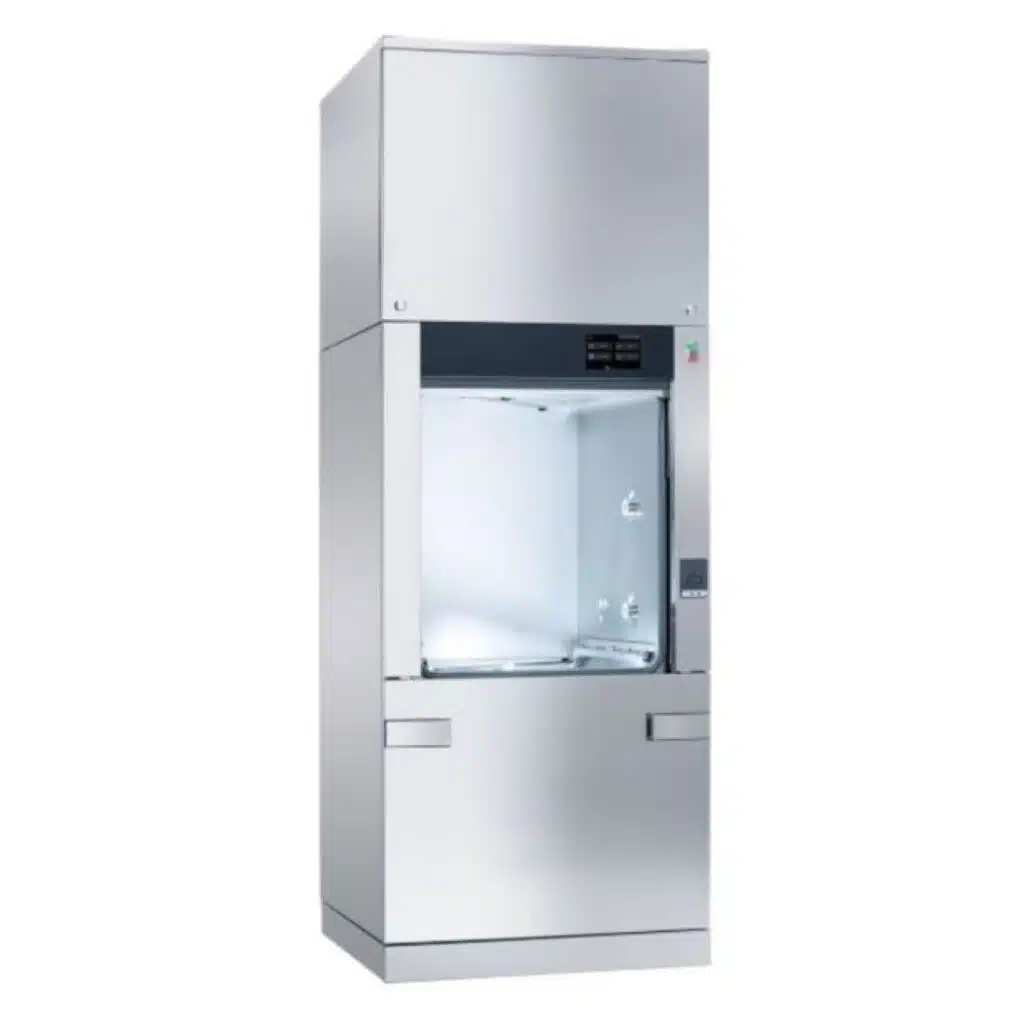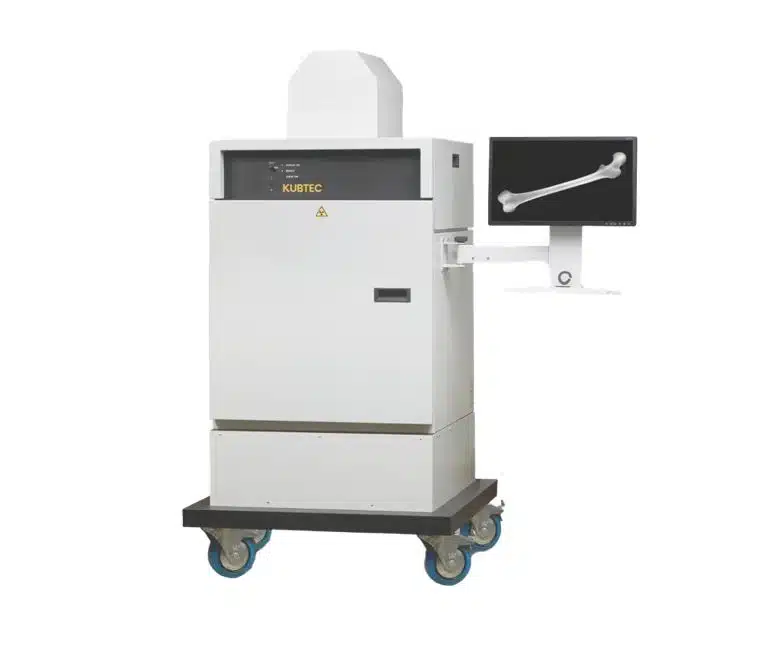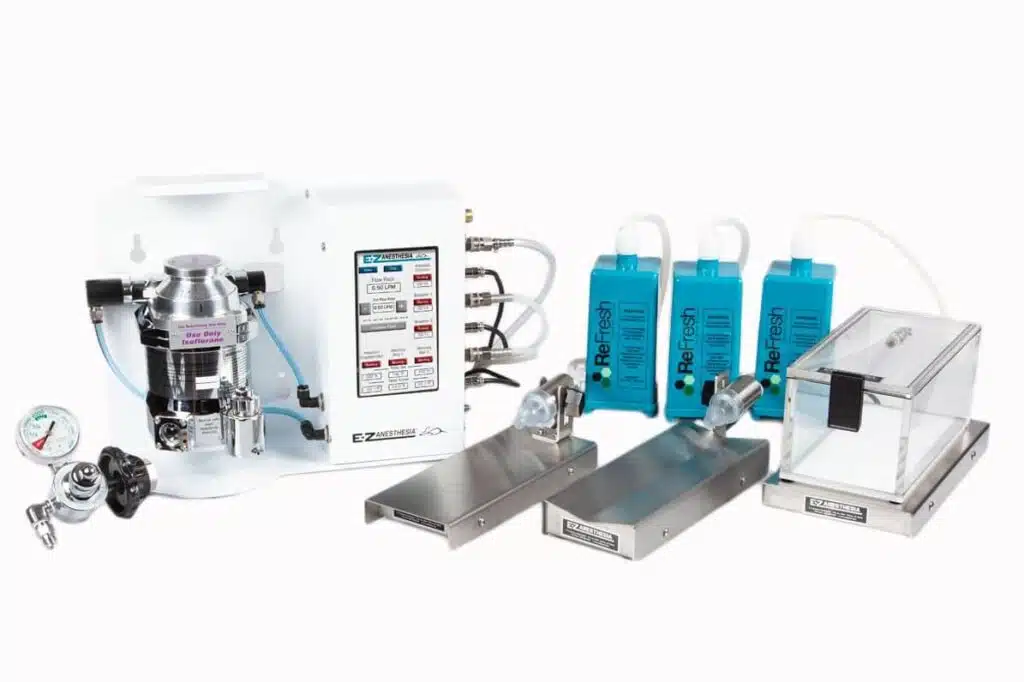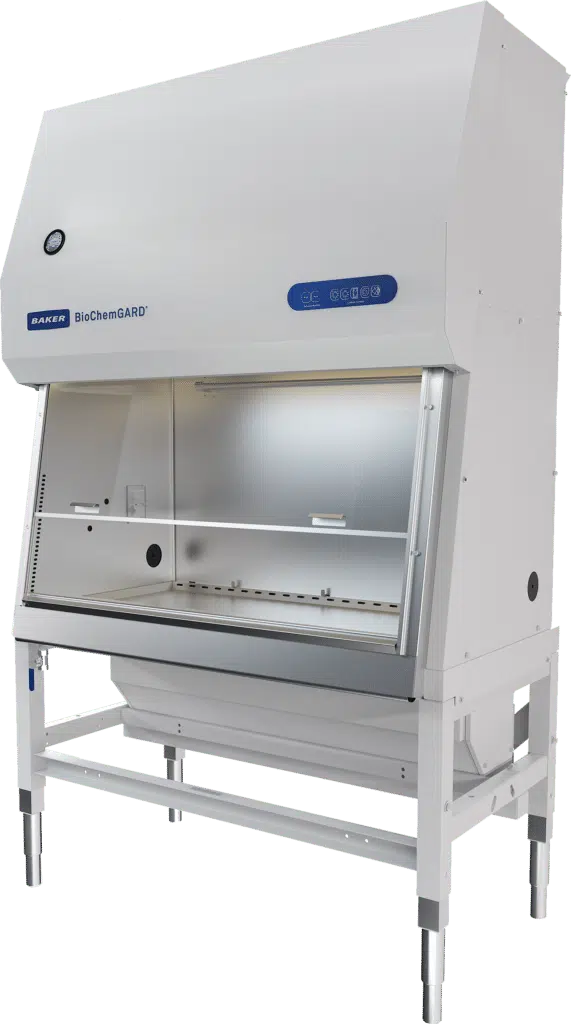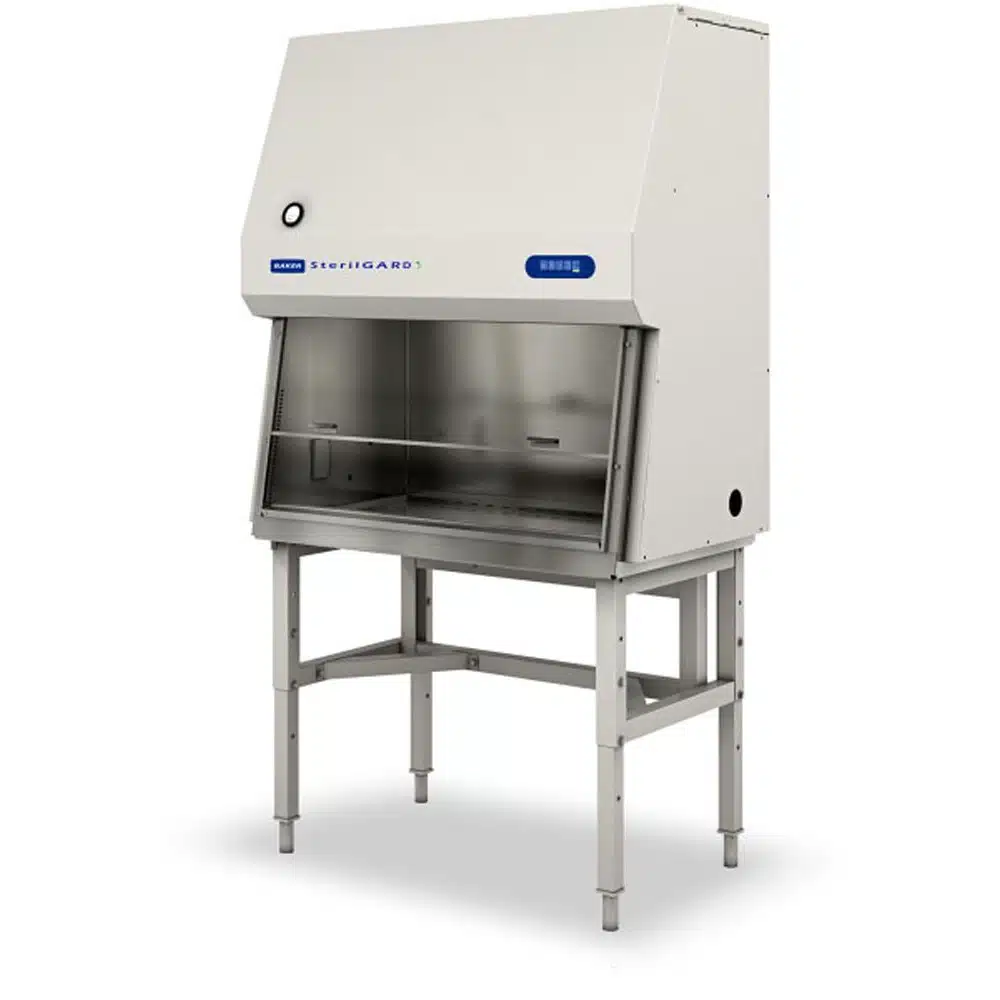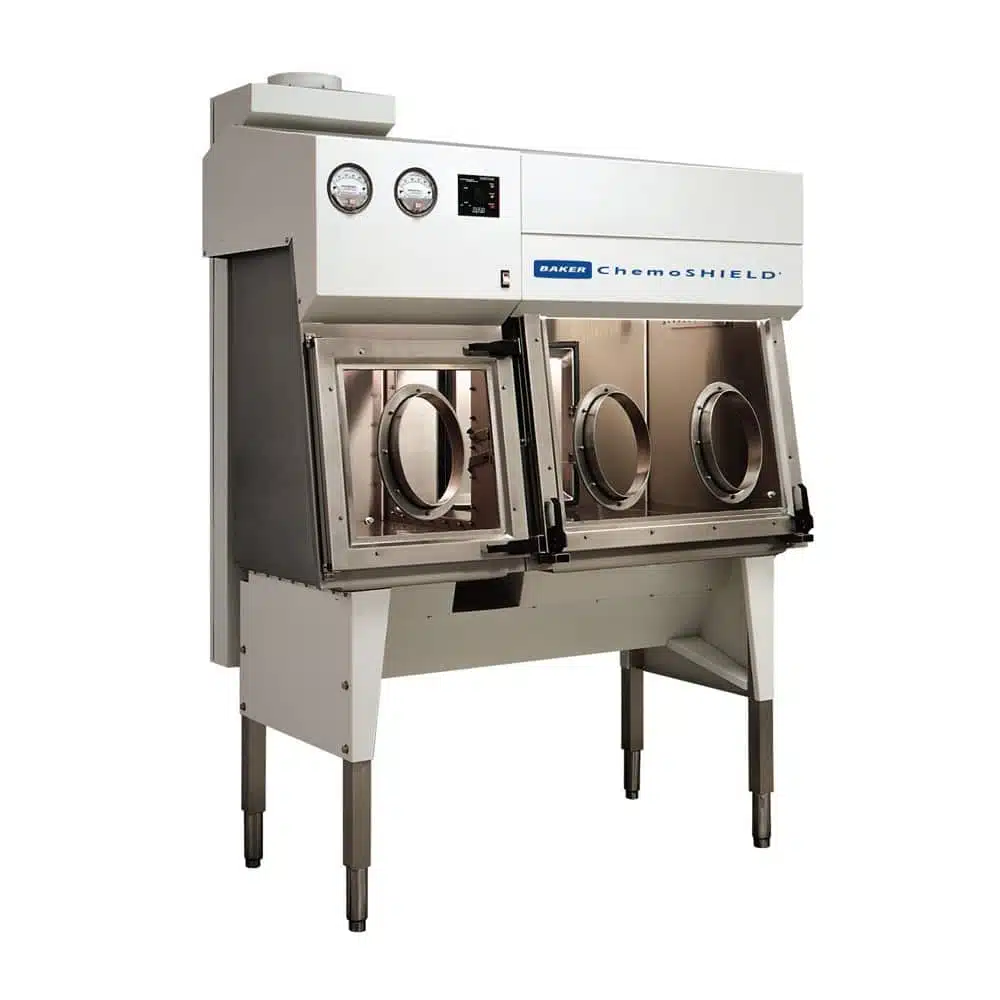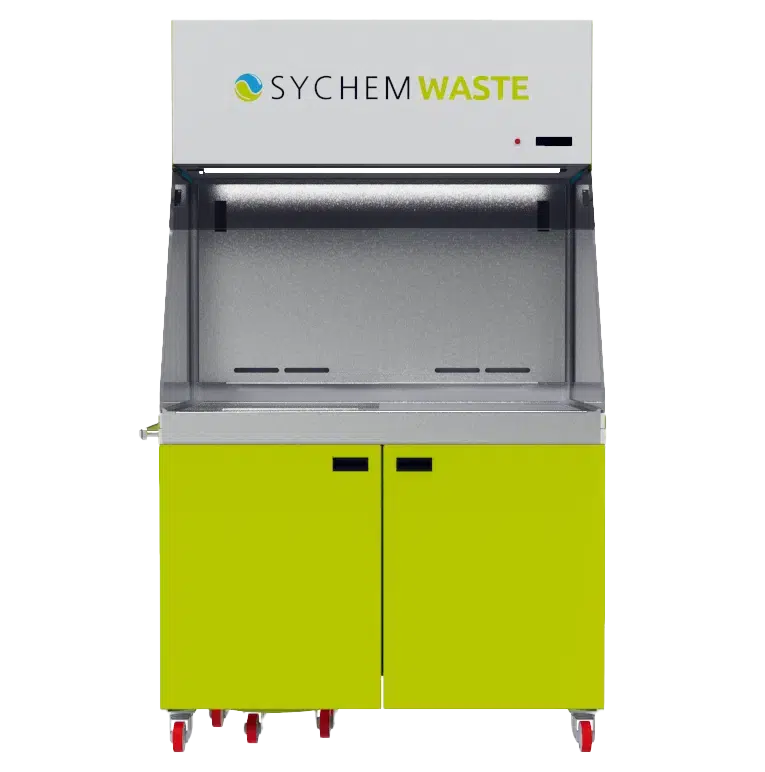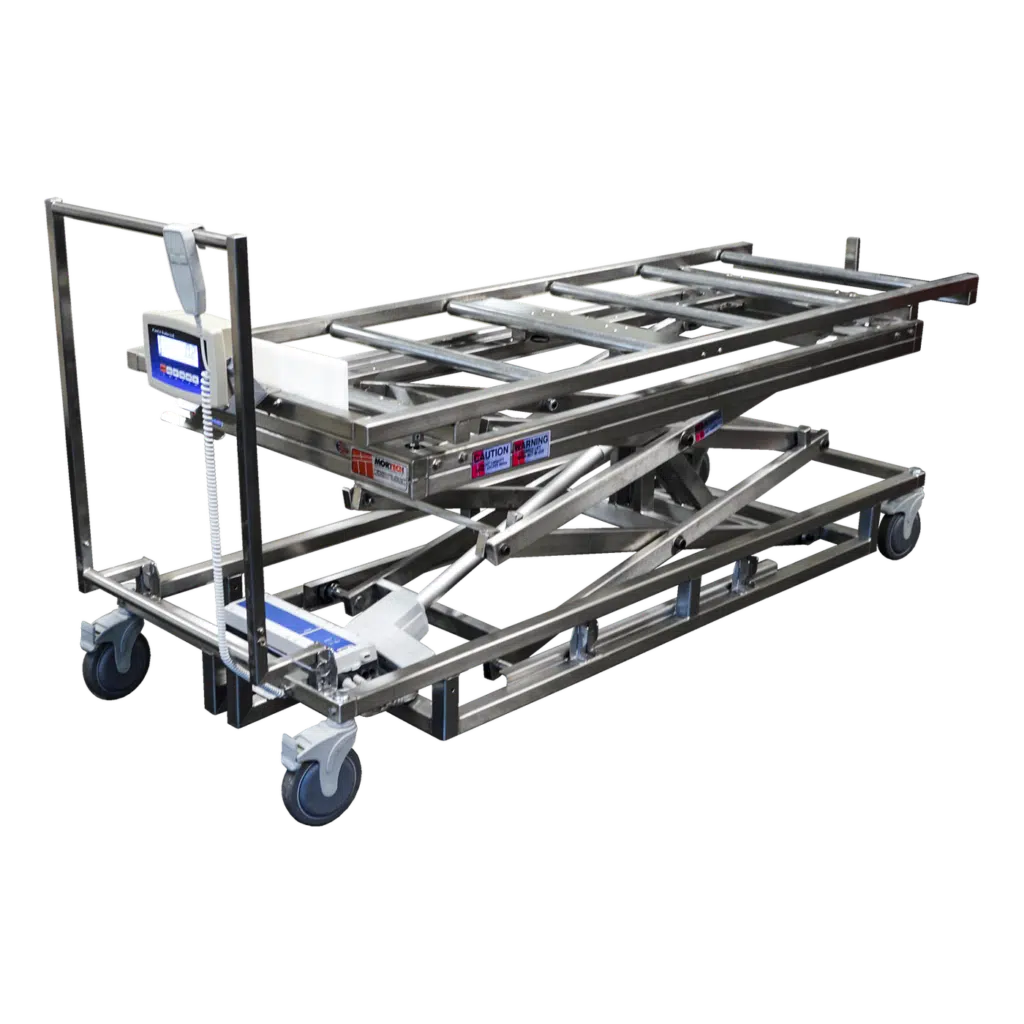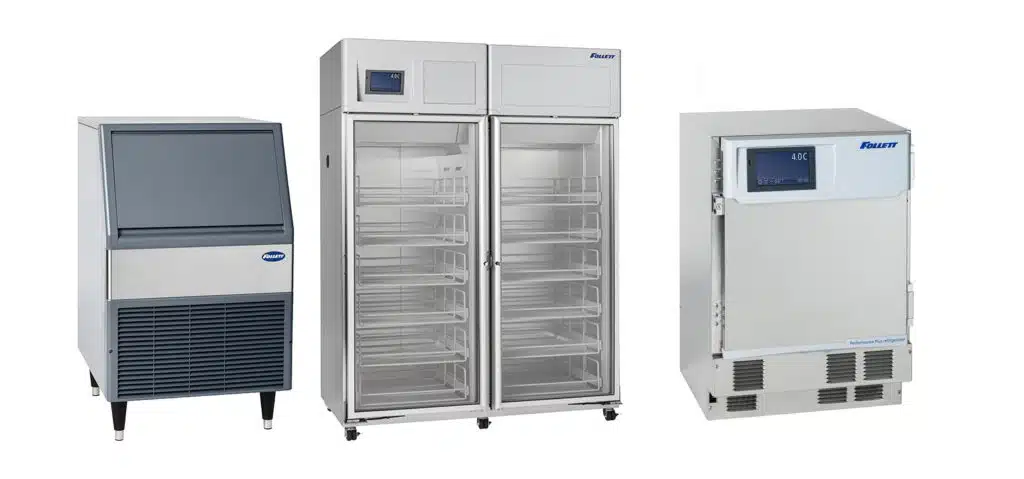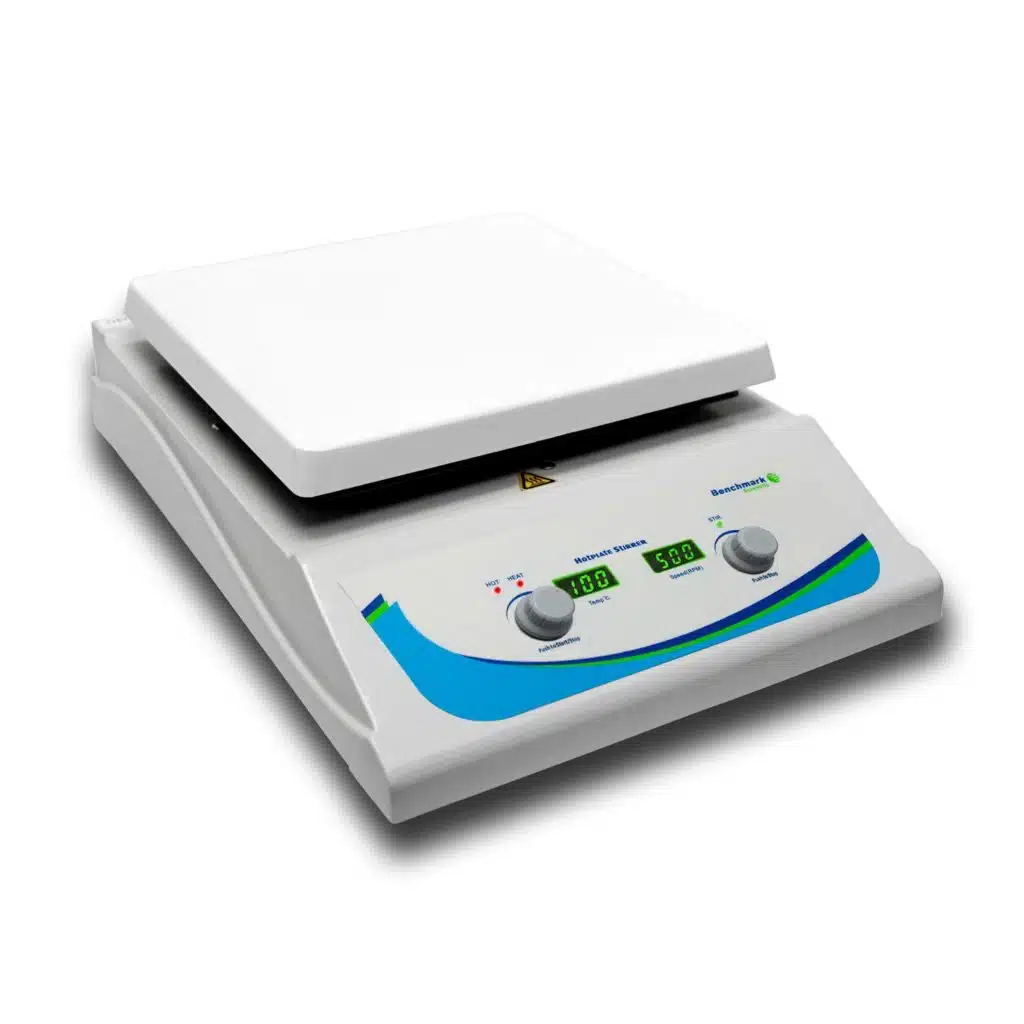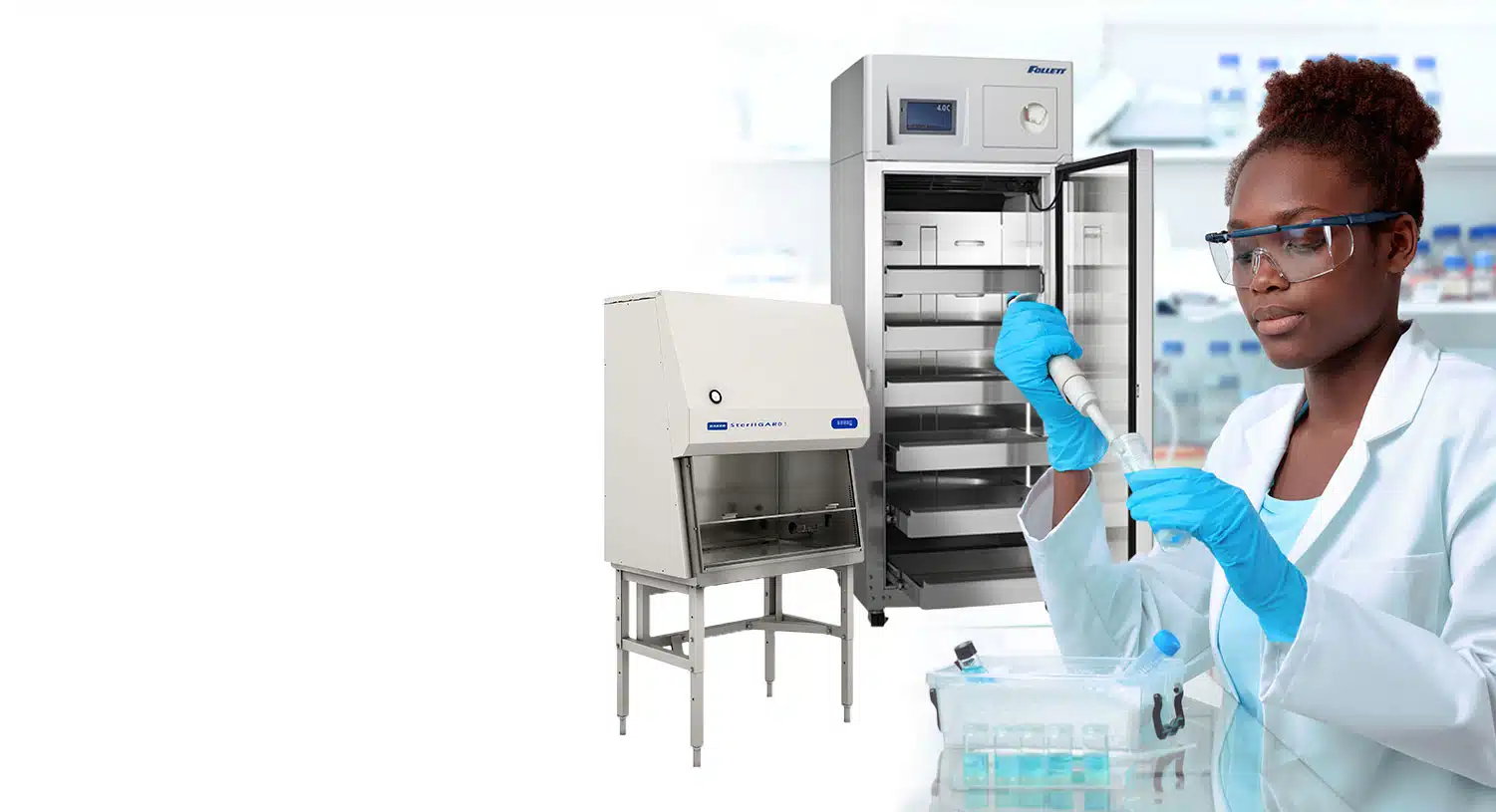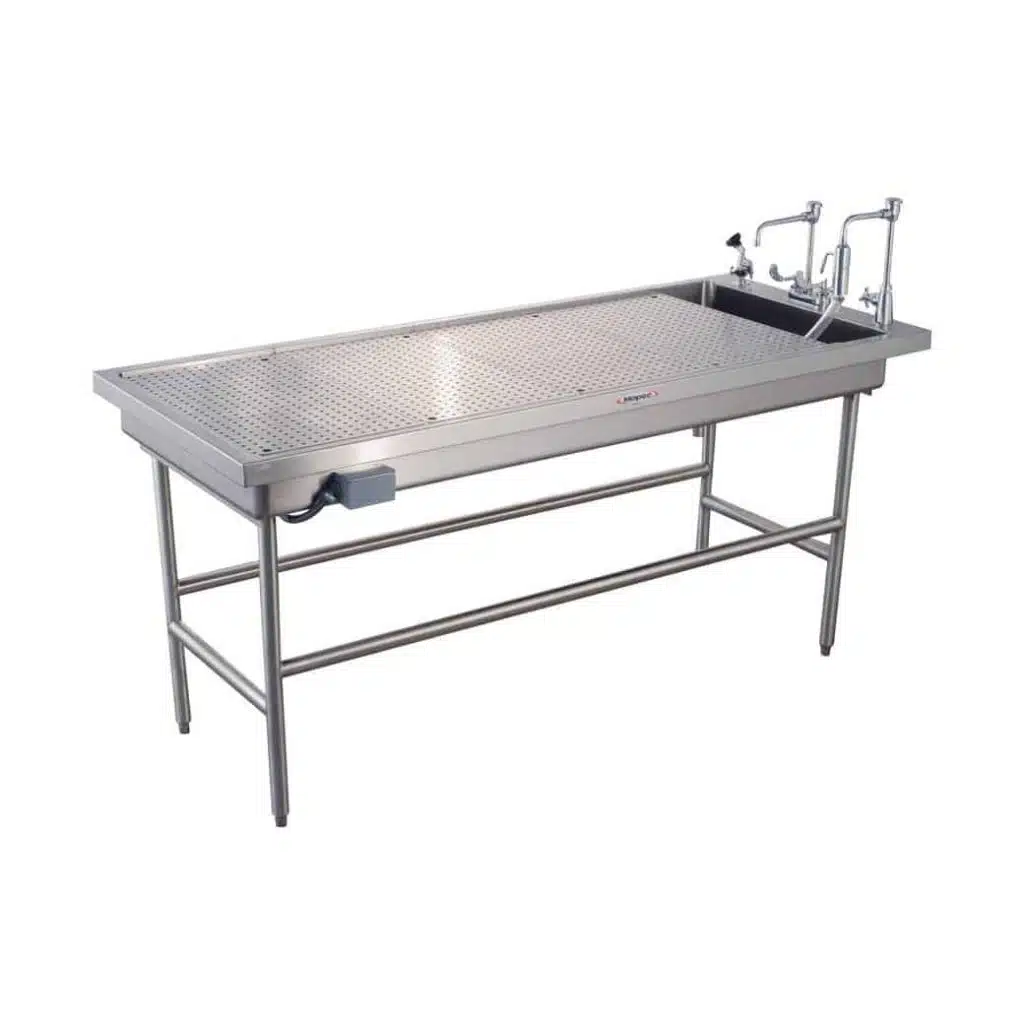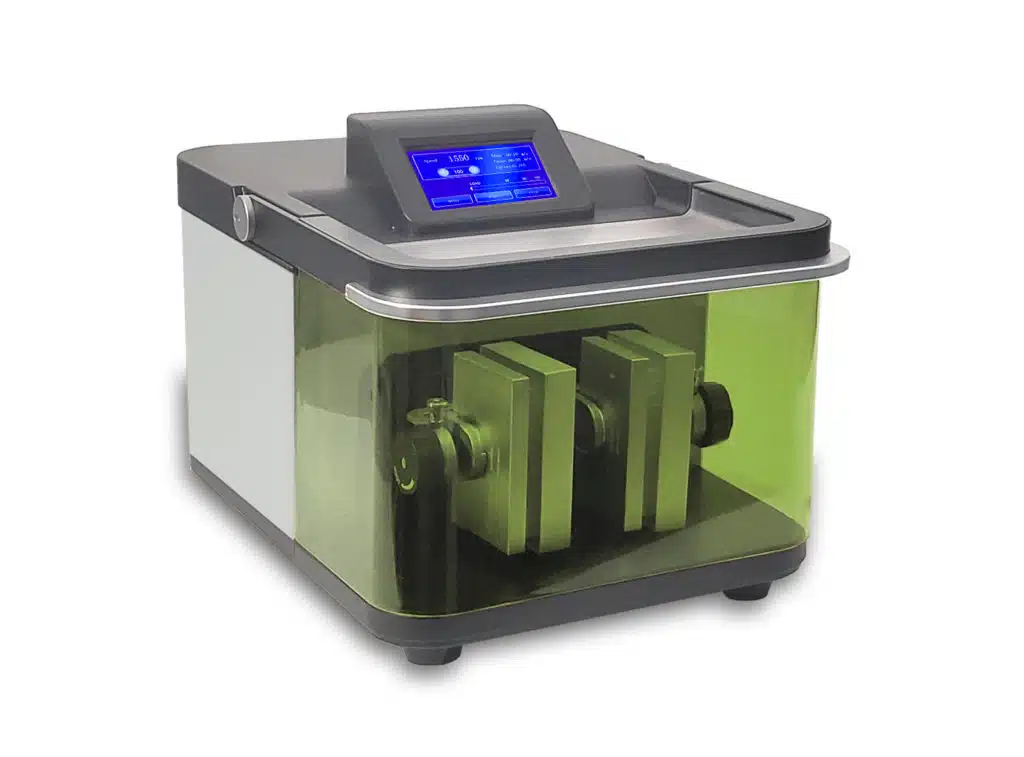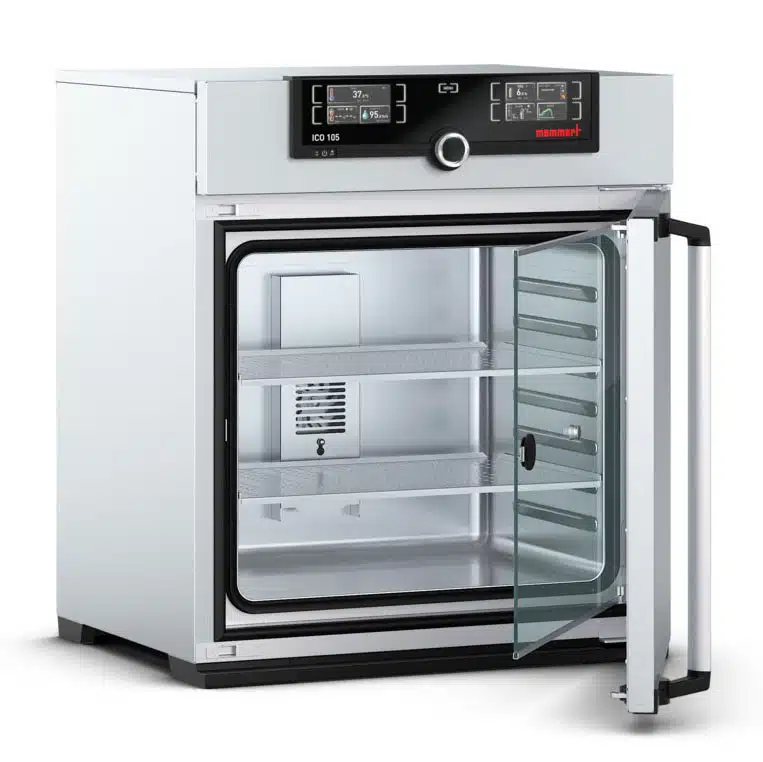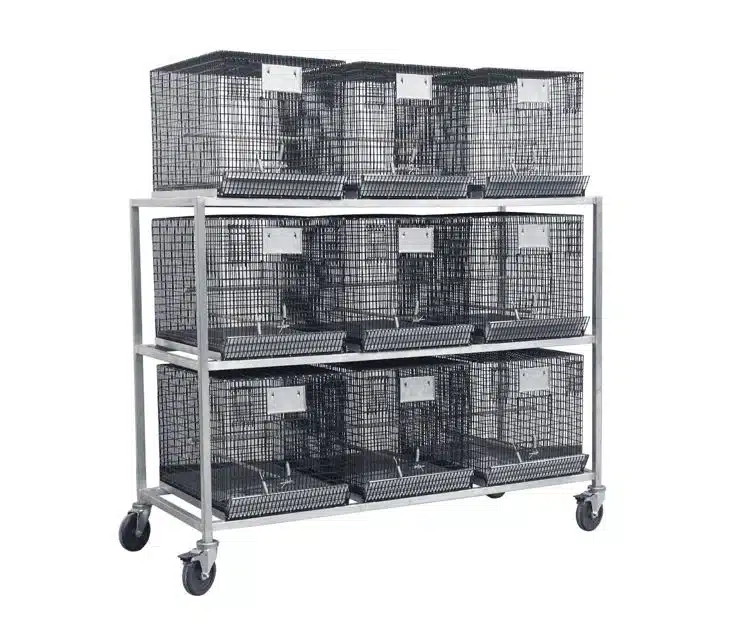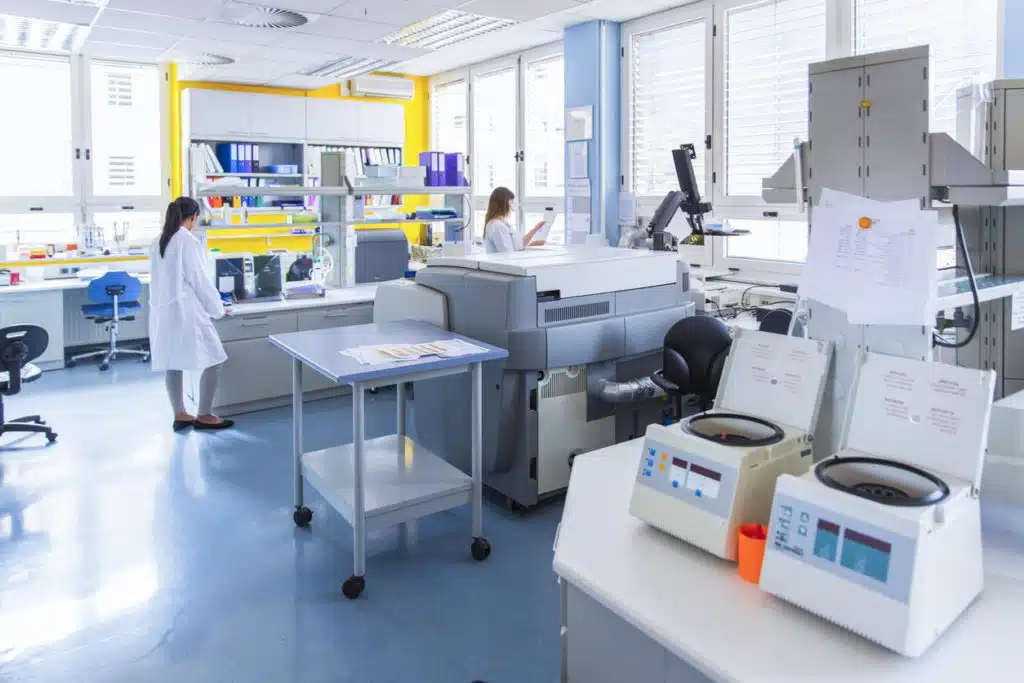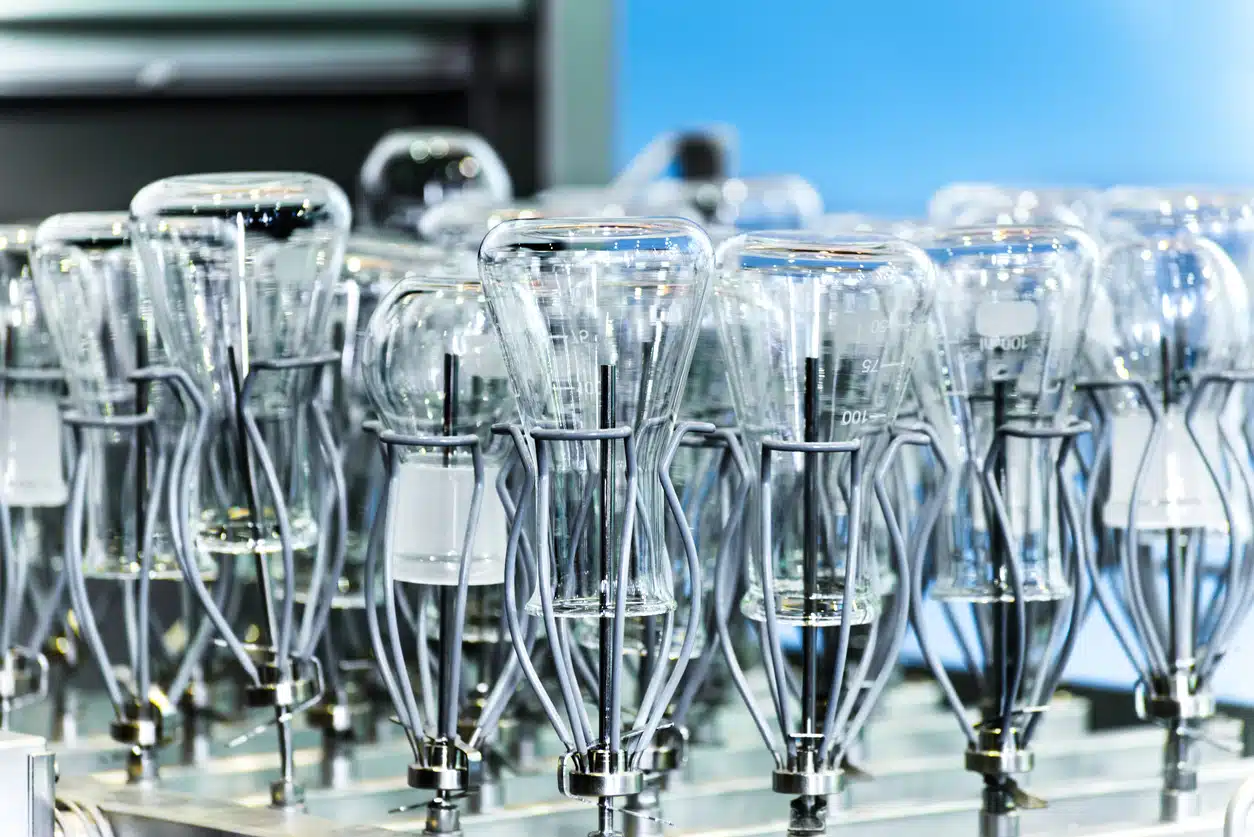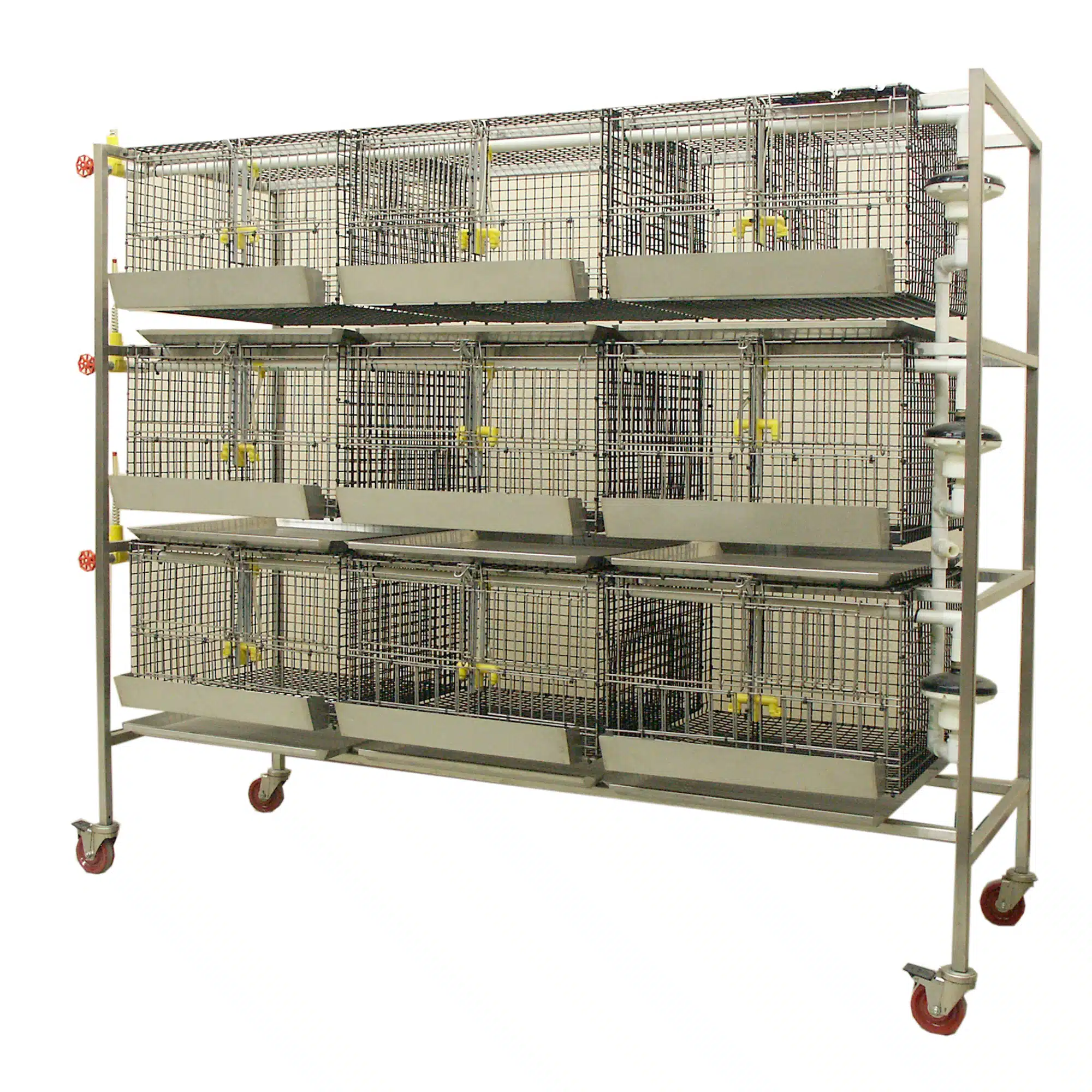The term ‘grossing’ in pathology refers to inspecting specimens to retrieve diagnostic information and measuring and cutting tissue samples to prepare them for further testing. Therefore, grossing stations are the workstations in laboratories where specimens are examined. In this blog post, we will look at how grossing stations can enhance anatomical pathology, which is the study of organs and tissues to diagnose diseases.
What is Anatomical Pathology?
Anatomical pathology is the specialization of studying how diseases develop and spread and their impacts on the body by analyzing tissues and organs. The research is carried out through biochemical, immunological, macroscopic and microscopic examination of the organs and tissues and can involve several procedures.
What are Grossing Stations?
As mentioned above, grossing stations are where specimen samples are inspected, washed, dissected and prepared for further analysis. Previously, grossing stations were left in traditional forms and improved in small stages. However, grossing stations are now designed with the user in mind, offering innovative products and a more efficient place to work.
Customizing your Grossing Station
The grossing process is a manual one that can be onerous and requires a high level of skill from the pathologist. Therefore having the right working environment is an essential factor in how the job is carried out. The type of grossing station required can vary between individuals, as every experienced pathologist will have their working environment preferences and specific methodologies they use.
Manual tasks rely heavily on the person carrying them out, so their expertise and preferences will impact the role. Suppose a workspace can be customized to suit the needs and preferences of the pathologist. In that case, this will positively impact the anatomical pathology procedures and the laboratory as a whole.
It is important to note that although individuals have their preferences, laboratories will need the equipment to fit their workflow. Laboratory safety is still the primary factor in grossing station specifications.
Ergonomics
One of the critical factors to consider when customizing your grossing station is ergonomics. Ergonomics defines the study of people within their working environment and how the equipment can be suitable for the worker. This is important as it reduces the risk of discomfort and injuries in the workplace, especially musculoskeletal disorders (MSDs).
To reduce the risk of MSDs in pathologists, it is crucial to consider the following factors of a grossing station:
- Ingress routes: The way that the system is accessed and what heights they are at.
- Reach zone: Is the lab equipment within the natural reach of the pathologist? If not, this could cause problems and reduce the efficiency of the process. If hands-free control is available for specific aspects of the grossing station, it would be helpful to implement it.
- Station height: An adjustable work surface that can support all body heights is the most practical solution for a grossing station. This flexibility enables the grossing processing to be carried out comfortably regardless of the pathologist’s height and reduces the risk of back injuries.
- Work area: The pathologist needs adequate space to work, and the station features must be installed in practical positions that do not require exertion or inhibit workflow.
The benefits of customizing a grossing workstation with ergonomics in mind can significantly reduce the risk of injuries in the workplace, make the working environment more comfortable for personnel and ultimately increase process efficiency.


